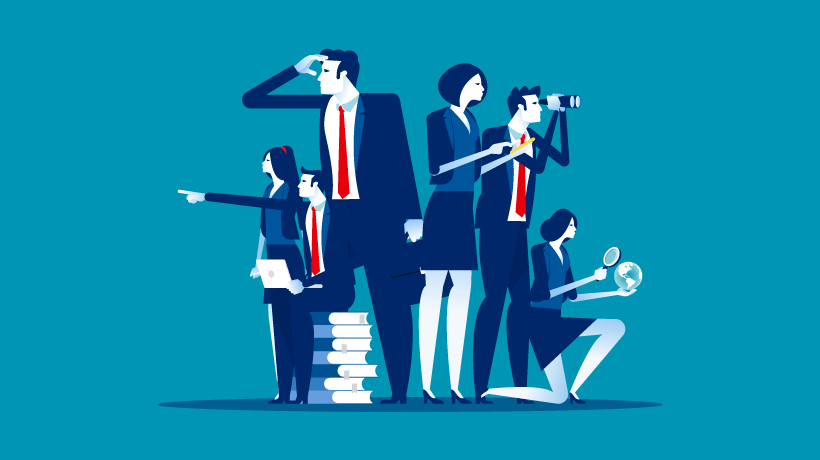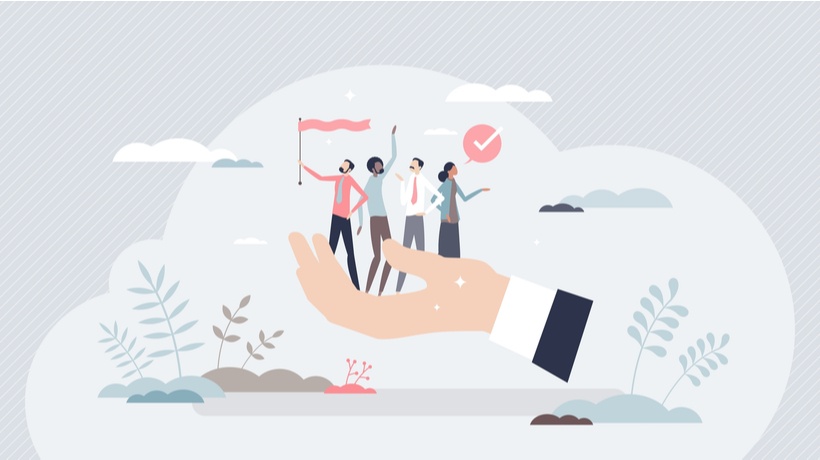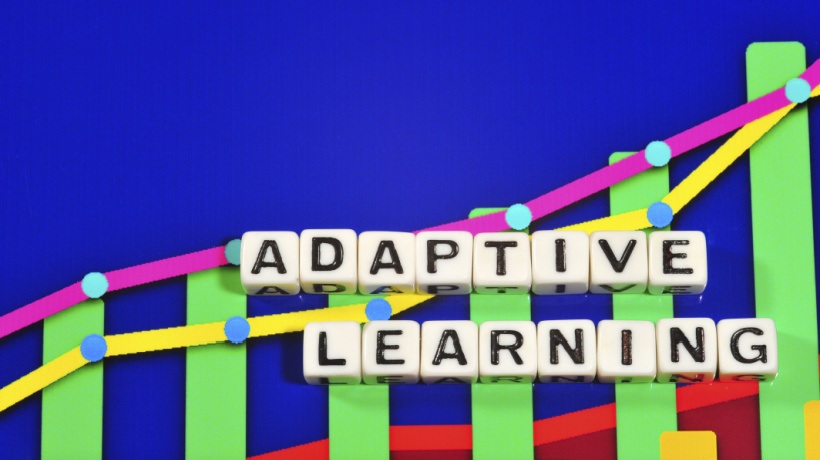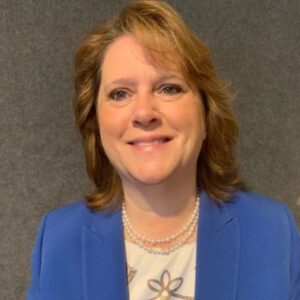Discover How People Learn Within An Organization
The first two are closer to learning management in organizations, the third to the more classic knowledge management, and the fourth to the development of intelligent alliances in organizations.
In this way, at the level of the whole organization, it is a matter of making an integral management of learning to provoke the transfer of knowledge from people to the organization and vice versa. Here we can talk about two basic functions, on the one hand, democratizing knowledge, so that all those contents and/or materials available in the organization can be available to the people who wish to use them, and on the other hand, socializing knowledge, so that the most important knowledge is available to the people who must use it for their professional performance.
Learning Ecosystems
From the collective point of view, the objective of the organizations would be to identify teams and/or groups of people with similar needs for the development of competences (knowledge and skills) for which to design joint learning experiences. In this sense, at least I agree with Peter Senge, individual and/or personalized learning is insufficient for learning to be transferred to the rest of the organization.
Given the evidence that the resources of organizations are not unlimited, the efforts of the structure should be directed mainly to develop learning ecosystems, at least or starting, by the key groups. In Rosenberg & Foreman's view, (2014) there must be a shift from individual, isolated solutions to an ecosystem composed of multi-faceted performance and learning options that improve the environments in which people work and learn.
These key groups are those related to the business itself, in some cases, these could be related to the production, commercial or innovation fields, in others, they could be those people with high potential such as the so-called, high-potentials, talent pools or other similar meanings.
Organizational Vs. Individual Responsibility
Finally, despite what has been said above and what has been expressed by Rosenberg & Foreman, it is necessary and complementary to the design of learning at a personal level. Currently, I would say that there are two ways to harness and develop individual talent, on the one hand, IDPs (individual development plans) and on the other hand PLE. In this sense, the organization should be able to manage and co-design with the individuals themselves the first ones and help to create and promote the second ones.
Based on the conjunction of both learning strategies, not exclusive but complementary, organizations can define profiles of people based on some criteria such as digital skills or autonomy to develop.
| Autonomy | Digital Skills | |
| Inactive |
|
|
| Spectator |
|
|
| Collector |
|
|
| Participant |
|
|
| Autonomous/ Contributor |
|
|
| Professional/Influencer |
|
|
In evaluation processes or development conversations, people can position themselves in these profiles and, in a consensual way, define individual development plans or learning actions so that the person acquires the necessary competences. This consensus can be made explicit in what is called learning contracts, which include objectives, methodologies, times or commitments between the organization and the person in their development.
In short, it is once again a matter of combining efforts between people and an organization as well as the employability of the people and the competitiveness of an organization.









